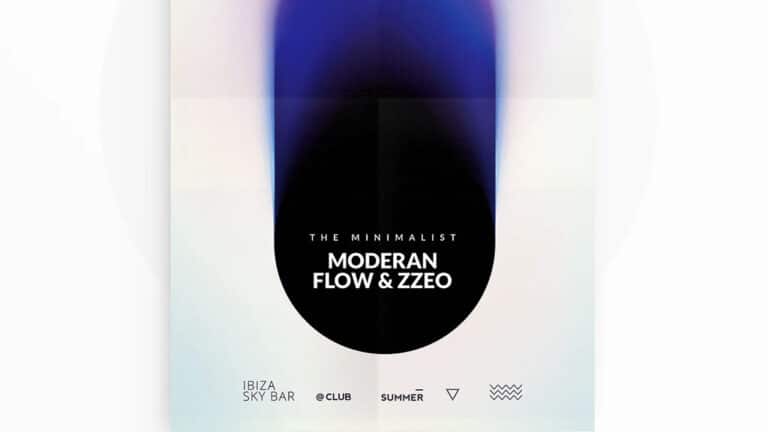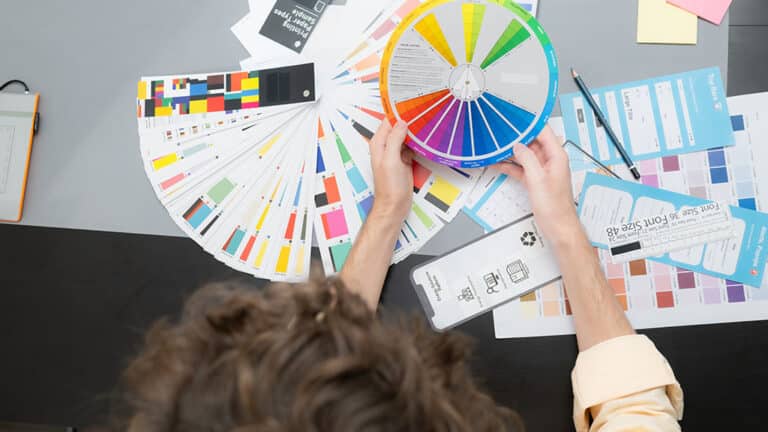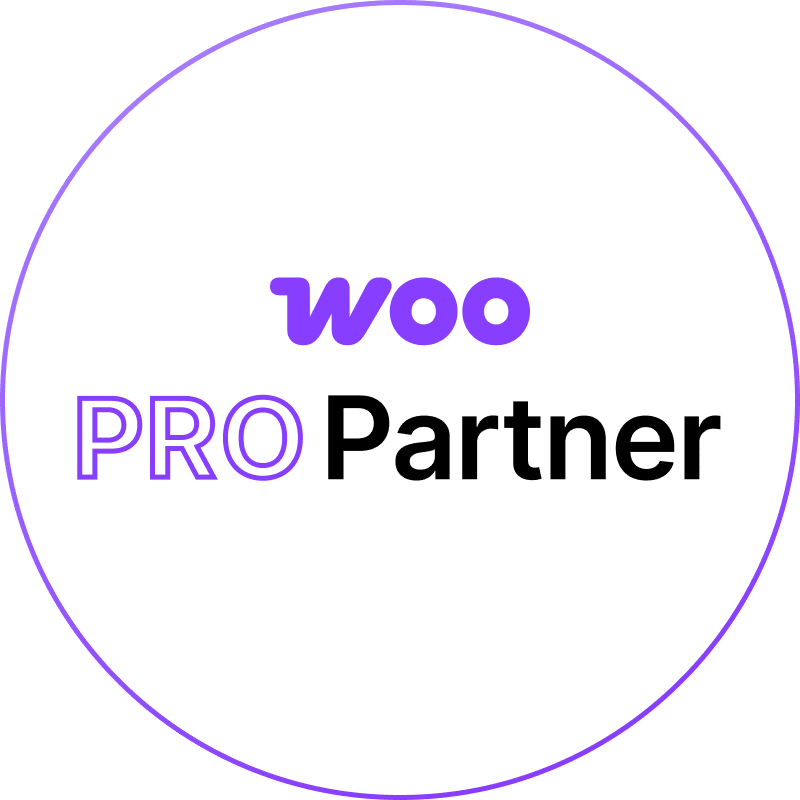How Motion Graphics Can Level Up Your Brand Storytelling
In an age where attention spans are shorter and competition for eyeballs is fiercer than ever, static visuals alone may no longer be enough to hold your audience’s interest. Today’s most successful brands are turning to motion graphics to create immersive, engaging storytelling experiences that stick. Unlike traditional design or video, motion graphics offer a dynamic, animated layer to your brand’s message—combining the power of visual design, movement, and sound into a single, cohesive format.
Motion graphics can transform even the simplest message into something eye-catching and memorable. They give life to your brand voice in a way that feels modern and polished without requiring a full-scale video production team. Whether it’s animating a logo, illustrating a product benefit, or enhancing a data-driven presentation, motion graphics help you communicate more clearly—and more creatively.
Because they can be used across platforms—on websites, social media, in advertising, and even in sales presentations—motion graphics have become a versatile and cost-effective way for brands to stand out. More than just a trend, they’re a natural evolution of digital storytelling. For businesses ready to elevate their content and connect with audiences on a deeper level, working with a creative partner that offers graphic design service tailored for motion graphics is often the first step toward building stronger, more compelling narratives.
What Are Motion Graphics (And What They’re Not)
Motion graphics are animated graphic design elements used to convey ideas, tell stories, or enhance visual presentations through movement. They typically involve text, shapes, icons, charts, or illustrations brought to life through animation. Unlike full-blown character animation or live-action video, motion graphics focus on simplifying messages through stylistic, often abstract visuals.
One of the key distinctions of motion graphics is that they don’t require actors, filming locations, or scripts. Instead, they’re crafted using digital design tools and animation software, making them flexible, scalable, and easy to adapt for different formats. This makes them ideal for everything from short-form content and explainers to visual branding and internal training materials.
Motion graphics also stand apart from traditional videos by focusing on concept-driven design. Rather than telling a linear story with beginning, middle, and end, many motion graphic pieces are modular and designed for quick comprehension—ideal for digital platforms where users scroll quickly and engage briefly.
Another advantage of motion graphics is their accessibility. Because they can be produced quickly, updated easily, and customized endlessly, they offer brands a nimble way to communicate in real time. Whether you’re launching a new product, updating customers on a feature, or celebrating a milestone, motion graphics give you a visually dynamic way to tell your story—no camera crew required.
Why Motion Graphics Boost Viewer Retention
Studies have shown that people remember 95% of a message when it’s delivered through video compared to only 10% when read as text. Motion graphics tap into this powerful dynamic by pairing concise messaging with visual and auditory cues that make your content more engaging and easier to retain. They stimulate multiple senses at once, making it more likely that viewers will absorb the information and remember it later.
This is especially valuable when you’re trying to explain a concept that might be dry, complex, or unfamiliar. A well-designed motion graphic can take that information and package it in a way that’s visually interesting and digestible. The result? Audiences not only understand your message faster—they’re more likely to stick around and take action.
Motion keeps the viewer’s eyes moving and the brain engaged. The pacing, transitions, and timing of motion graphics all help sustain attention, especially on platforms like Instagram Reels, YouTube, or LinkedIn where you have mere seconds to make an impression. Even simple animations—like sliding text or pulsing icons—can dramatically increase dwell time and decrease bounce rates.
When retention matters—whether in a product launch, a training video, or a digital campaign—motion graphics can make the difference between being forgotten and being remembered.
Simplifying Complex Ideas Through Animation
One of the greatest strengths of motion graphics is their ability to take complex concepts and present them in a way that’s easy to understand. Whether you’re explaining how your product works, showcasing data, or highlighting a multi-step process, animation provides clarity by breaking down information into simple, visual chunks.
Instead of expecting your audience to read a paragraph or interpret a chart on their own, you can animate the story step by step. A well-crafted motion graphic might show how a customer moves through your sales funnel, how a piece of technology functions, or how your brand creates impact—all in under a minute. These visual journeys remove ambiguity and keep the audience engaged from beginning to end.
This is especially useful for industries with highly technical products or services. Software companies, healthcare brands, and financial institutions often use motion graphics to educate clients or customers without overwhelming them with jargon. The animations serve as translators, turning data and complex systems into digestible visuals that speak the viewer’s language.
Even abstract ideas like company culture or values can be communicated more effectively with motion graphics. A static list of bullet points may get ignored, but animating each value with color, movement, and icons can make those values feel more human and memorable.
Adding Emotion and Personality to Your Brand
Static visuals can deliver information, but motion graphics can deliver feeling. Through timing, music, sound effects, transitions, and pacing, you can shape how viewers feel while watching your content. These emotional layers play a critical role in how your brand is perceived.
Motion graphics give your brand voice a personality. Smooth, flowing animation paired with soft music might convey calm, trust, and reliability—ideal for wellness or finance brands. Fast-paced, bold transitions with energetic sound can communicate excitement and innovation, great for startups or entertainment companies. The tone you establish through motion becomes part of your overall storytelling strategy.
This emotional impact is especially important in branding campaigns. Whether you’re telling your origin story or launching a new product, motion graphics allow you to set the tone quickly and effectively. They can strike the right balance between professional and playful, energetic and refined, corporate and creative—depending on the story you’re trying to tell.
Even small touches of animation—like an animated logo reveal or an engaging pre-roll clip—can leave a strong emotional impression. They show polish, intention, and effort, making your brand feel more dynamic and alive.
In brand storytelling, facts are important—but feelings drive action. With motion graphics, you can tap into those feelings in ways static content never could.
Enhancing Social Media Performance
If you’ve spent time on social platforms recently, you know that movement is everything. The content that stops users mid-scroll, grabs attention, and sparks shares is almost always animated or video-based. That’s why motion graphics have become essential for high-performing social content.
They offer a powerful way to turn ordinary posts into eye-catching visuals. Instead of a still quote graphic, animate the text with motion and background transitions. Instead of a static announcement post, add kinetic typography and movement to highlight the headline. These small enhancements make your content stand out in busy feeds and increase engagement significantly.
Social media algorithms also tend to prioritize video content, giving motion graphics a higher chance of being seen and shared. Platforms like Instagram, TikTok, Facebook, and LinkedIn reward watch time and engagement—which motion graphics naturally support due to their dynamic format.
Even more importantly, motion graphics allow you to communicate quickly and clearly. In a world where users decide in under three seconds whether to watch or scroll away, animated visuals can get your message across instantly. A strong opening animation or a well-timed loop can turn passive scrollers into active viewers—and ultimately, into customers.
Motion graphics are cost-effective, brand-friendly, and format-flexible, making them ideal for repurposing across platforms. A single animation can be trimmed, captioned, and restructured to work as a Reel, a Story, a post, or even a YouTube Short—maximizing your reach with minimal effort.
Elevating Explainer Videos and Product Demos
Explaining how a product works or what makes your service unique is often one of the biggest communication challenges for any brand. Explainer videos have long been a popular solution—but adding motion graphics takes them to another level. With animated sequences, you can visually demonstrate your offering in a way that’s both informative and visually engaging, regardless of complexity.
Motion graphics help remove barriers to understanding. Let’s say you’re introducing a new app or digital platform. A standard product walkthrough might involve screenshots or screen recordings, but with motion graphics, you can animate the user interface in a sleek, stylized way. You can zoom in, highlight features, and narrate the user journey in a highly controlled and visually pleasing environment.
This level of customization is particularly useful for products that don’t physically exist or aren’t easy to film—like software, services, or digital tools. With motion graphics, you’re not bound by reality. You can create any scene, effect, or interaction you need to tell your story clearly and creatively.
Even for physical products, motion graphics can serve as a complement to real footage. Animations can be layered over video to highlight benefits, compare features, or show internal mechanisms that aren’t visible to the naked eye. This adds clarity and polish, helping your audience not just see your product—but understand it.
A well-crafted motion graphic explainer video can significantly shorten the sales cycle, answer common questions upfront, and create confidence in your offering. It’s not just a nice-to-have—it’s a powerful sales tool that works 24/7.
Consistency in Visual Identity Across Formats
Consistency is key when it comes to branding. Every piece of content you share should reinforce your brand’s voice, tone, and visual identity. Motion graphics make it easier to achieve this across a variety of platforms and content types. Unlike live video, which can be difficult to control visually across multiple shoots, motion graphics are fully designed—meaning every element can be branded to the pixel.
You can build animations using your exact fonts, colors, logo treatments, and design motifs. This ensures that no matter where your motion content appears—on Instagram, your website, in a sales deck—it feels cohesive and instantly recognizable. This level of brand alignment builds trust and strengthens recognition.
Motion graphics can also help unify campaign assets. For example, if you’re running a product launch with static graphics, ads, and social posts, a branded motion piece can tie everything together. It becomes the visual centerpiece that other assets are built around, reinforcing your message and anchoring the visual theme.
Plus, once you’ve developed a motion graphics style for your brand, it becomes easier and more cost-efficient to create new content. Reusing templates, transitions, and animation systems ensures everything stays on-brand without starting from scratch each time.
In short, motion graphics aren’t just flexible—they’re a scalable way to expand your visual identity while keeping it consistent and professional.
Making Content More Shareable and SEO-Friendly
In a crowded content landscape, shareability can determine whether your message gets lost—or goes viral. Motion graphics give your content an edge by increasing its entertainment value and visual appeal, making it more likely to be shared organically across platforms. People love to share what catches their eye, feels unique, or delivers a message in a way they haven’t seen before—and motion graphics check all three boxes.
Short, animated content is especially powerful on social media, where bite-sized, visually driven posts outperform traditional formats. A looping animation or micro-story told in 15 seconds can spark engagement, conversation, and reposts across platforms.
Motion graphics also offer benefits beyond social media. When optimized for search engines, motion-based content can improve your SEO performance—especially when used in explainer videos or embedded on product pages. Google often prioritizes video content in search results, and motion graphics can serve as valuable, keyword-rich visual content that enhances time-on-site and lowers bounce rates.
Transcribing your animated content and including video descriptions can also improve accessibility and boost your visibility in search rankings. The result is more exposure, more engagement, and better overall performance from your content marketing efforts.
Conclusion: Motion Graphics Are a Storytelling Superpower
In the ever-evolving landscape of brand communication, motion graphics have emerged as one of the most powerful tools for connecting with modern audiences. They don’t just animate design elements—they animate ideas. They turn static content into dynamic experiences, blending information and emotion into stories that resonate, clarify, and convert.
Whether you’re educating your audience, simplifying a product, increasing social engagement, or unifying your brand across channels, motion graphics offer a unique blend of creativity and function. They bridge the gap between design and storytelling—providing a scalable, cost-effective solution that works across industries and platforms.
Brands that invest in motion graphics aren’t just following a trend—they’re future-proofing their messaging. They’re speaking the language of modern media, where movement matters, and attention is earned in milliseconds.
The result? More engagement, more clarity, and more impact. If your brand has a story worth telling, motion graphics can help you tell it better—and make sure it’s remembered.

















